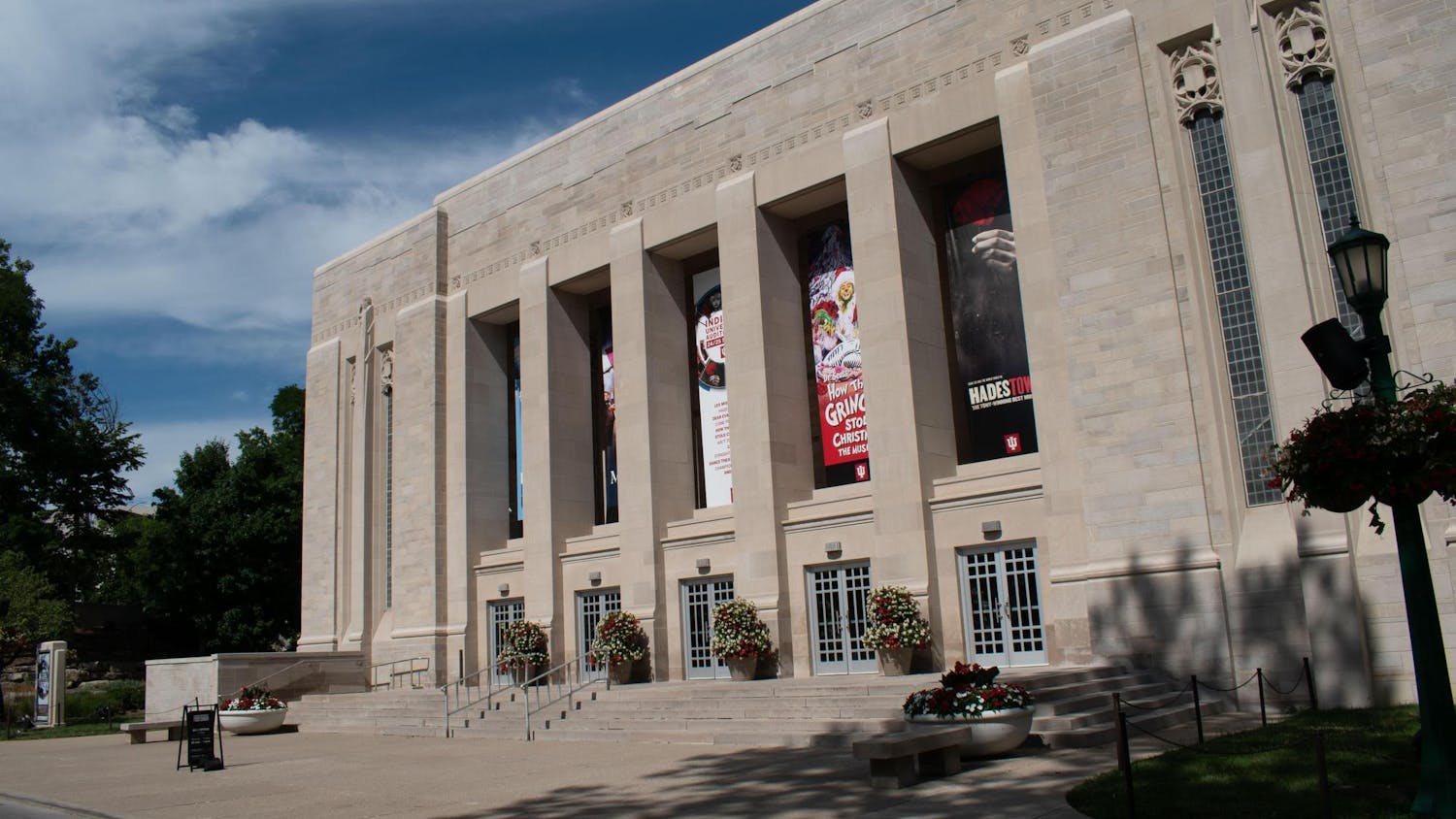Downtown Bloomington was packed this weekend. The wonderful fusion of world rhythms seemed almost too good to be true. Of all the musicians that performed over the weekend, the Asian contingent (save Alim Qasimov from Azerbaijan) was perhaps the least publicized group. \nBut this didn't take anything away from the quality of traditional Asian music that was performed. Music from China, Yoko Hiraoka from Japan and Dhagha from India represented Asia in this year's Lotus Fest.\n"Music from China" is a group of Chinese musicians based in New York. While they perform music written by contemporary Chinese composers, they are known for their mastery of traditional Chinese music.\n"China has a timeless tradition in music," said Susan Cheng, one of the musicians in the group. "Some of the pieces we perform are so old that we don't even know who wrote them. A lot of our music consists of classical pieces and folk tunes that have been around for centuries." \nThe group performed Thursday for the Chinese Mid-Autumn Festival celebration at Collins Center. They also performed Friday at the John Waldron Arts Center, 122 S. Walnut St., and the Monroe County Public Library, 303 E. Kirkwood Ave. \nTheir sets consisted primarily of traditional pieces. While some of their music was written in the 20th century, they also performed pieces that were written more than 2,000 years ago. \nIt was a seemingly flawless blend of sounds from six traditional Chinese instruments. The erhu (a two-stringed violin), yangqin (a hammered dulcimer), dizi (bamboo flute), xiao (vertical flute), xun (clay flute) and the zheng (twenty-one stringed xither with moveable bridges) worked in perfect harmony to produce a beautiful and unique form of music.\nThe music had some obvious similarities to what the Japanese artist Yoko Hiraoka had to offer. \n"This is not surprising because hundreds of thousands of years ago Chinese musical traditions were passed down to Japan", said Cheng. \nHiraoka is a native of Kyoto,, Japan and has mastered the traditional Japanese instruments the Koto and the Shamisen.\n"I focus on music written from the 17th century on," she said. "I write my own tunes and sometimes I also put Japanese poetry to music." \nHiraoka uses the Jiuta Shamisen, a sophisticated instrument that requires a lifetime to master. She performed at the Monroe County Public Library Friday and Saturday. With the spotlight on her, her $10,000 kimono seemed to perfectly match the exquisite sounds and the complex nuances of her country's musical traditions.\nBut perhaps the loudest applause of the evening was directed toward the Indian group Dhagha. The word means string in Hindi, which is India's national language. \nThe group consisted of Srinivas Krishnan on the tabla (Indian drum), Jayashree Prasad on the veena (a South Indian stringed instrument), Anupama Sharma on the sitar (a North Indian stringed instrument), Yunus Ashraf on the rabab (a stringed instrument with origins in Afghanistan), John Terpin on the trombone, and Pat Hernley on the steel pan (a Carribean instrument) and ghatam (a type of South Indian drum).\nThe performances were seemingly flawless and each deserved the standing ovation. The culmination of the concert consisted of a piece played with the table, trombone and the steel pan. \n"My goal," Krishnan said, "was to bring the best of Indian music to Bloomington, and I hope I succeeded"
Traditions of the world found at Lotus Festival
Get stories like this in your inbox
Subscribe





